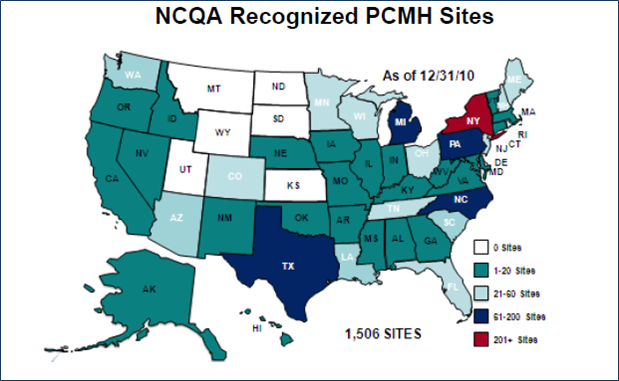The term “patient-centered care” has increasingly been used to describe healthcare structures that deliver better quality care – as well as often doing so with lower costs. And today there was a news story about how some medical schools are assessing applicants’ interpersonal skills, something that is fundamental for being a patient-centric clinician.
While there are have been numerous articles demonstrating the value of patient-centered care and concluding that it is better and should be promoted – including those looking at the ill named “Patient-Centered Medical Homes” – I’ve found myself pondering the following questions:
“What type of care have clinicians been providing if it hasn’t been patient-centered?…

